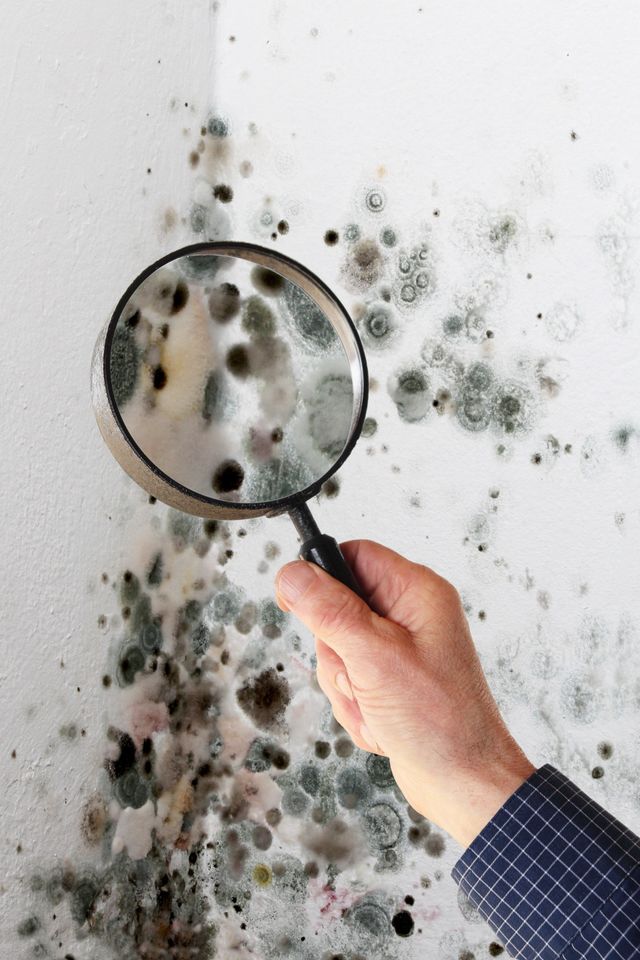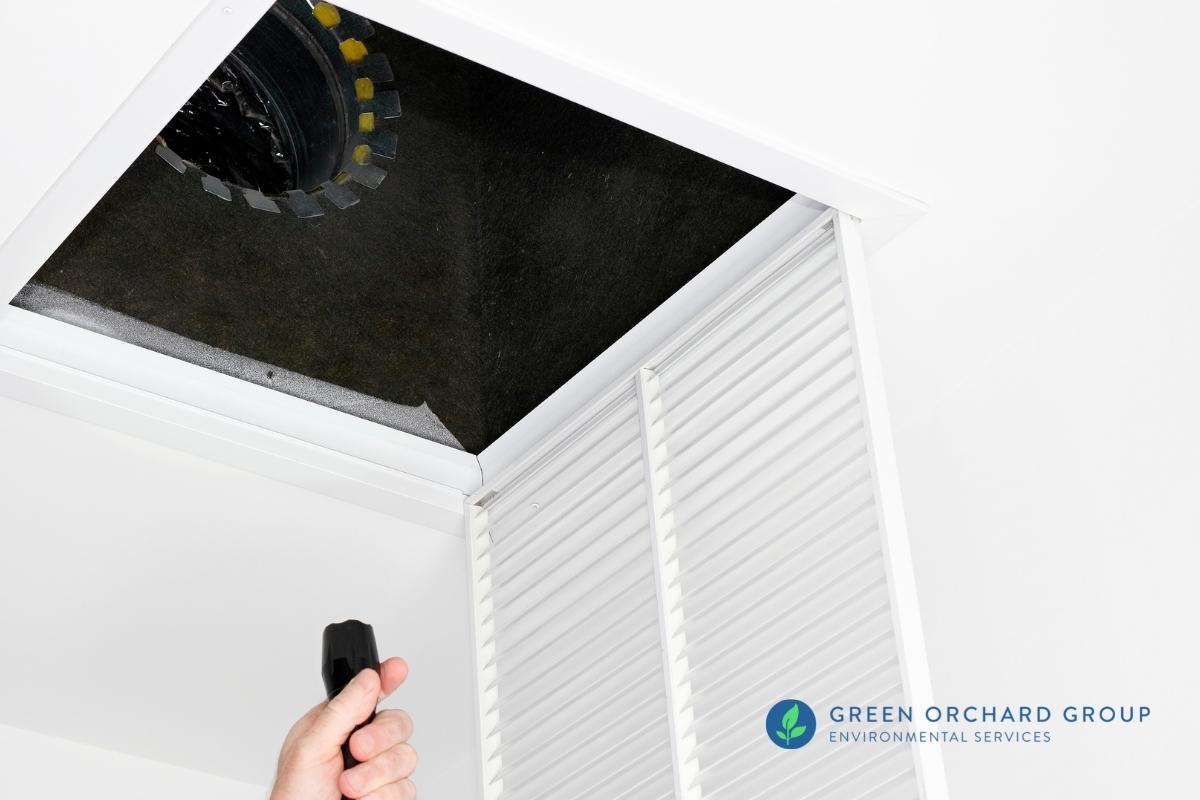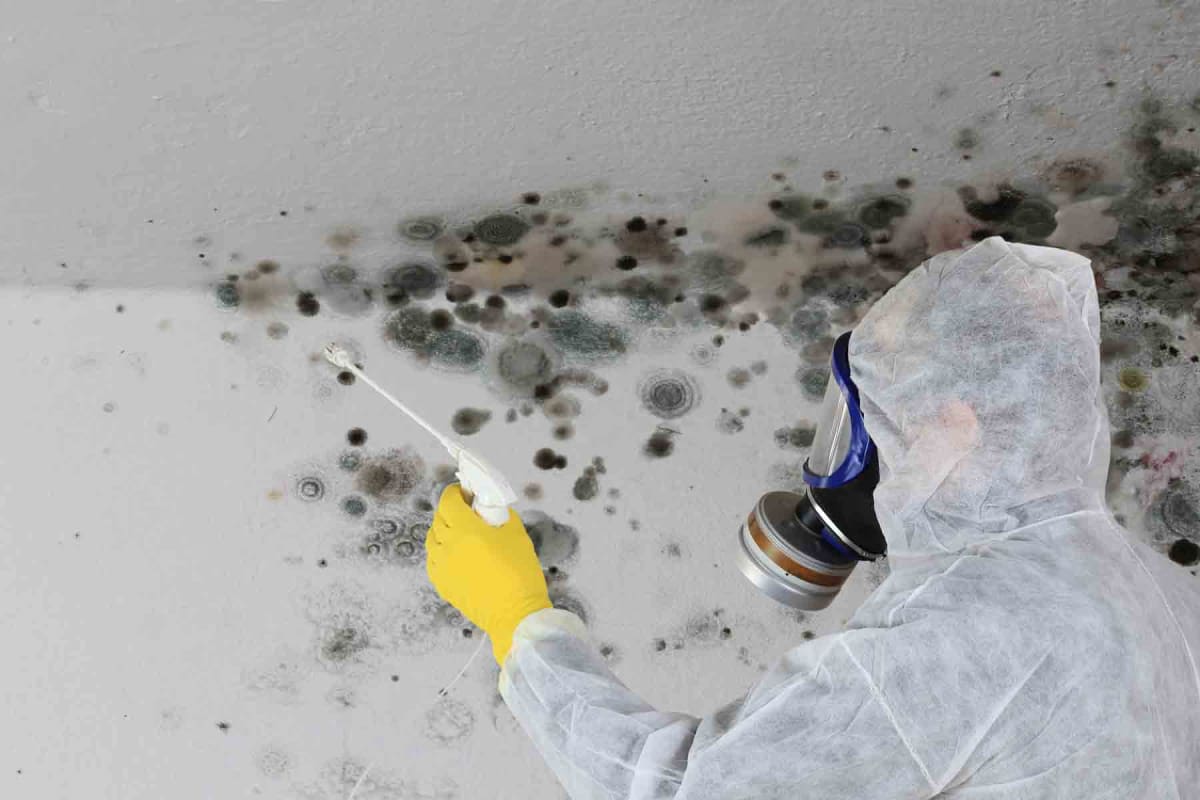Assistance on What to Do After Mold Remediation
Assistance on What to Do After Mold Remediation
Blog Article
Your Ultimate Overview to Article Mold Remediation Methods
Navigating the world of post-mold removal strategies is a thorough procedure that requires interest to detail and a detailed understanding of the complexities involved. In the results of mold invasion, knowing just how to successfully eliminate the mold and prevent its reoccurrence is paramount for preserving a healthy interior setting. From selecting the appropriate cleansing and disinfecting methods to applying methods for long-term mold and mildew prevention, each action in the removal journey plays an important function in guaranteeing an effective result. As we begin on this exploration of post-mold removal techniques, we will certainly uncover the crucial techniques and best methods that can aid you recover your space to its pre-mold problem and safeguard it versus future mold and mildew threats.
Recognizing Post-Mold Remediation Process
After completing the mold remediation procedure, it is critical to comprehend the post-mold remediation techniques that are necessary to ensure a thorough and effective cleaning. As soon as the mold has been removed, the following step includes cleansing and sanitizing the affected locations to stop any kind of regrowth of mold and mildew. This includes making use of specialized cleansing representatives to wipe down surfaces and eliminate any type of remaining mold and mildew spores. It is vital to dry out the area completely to dissuade the development of mold in the future (what to do after mold remediation). Appropriate ventilation and dehumidification can help in this process.
In addition, performing a final evaluation post-remediation is crucial to make sure that all mold has been effectively gotten rid of. If the examination discloses any kind of remaining mold, extra remediation might be needed.
Efficient Cleansing and Decontaminating Techniques

Protecting Against Future Mold Development

Significance of Proper Air Flow
Appropriate air flow plays an essential function in avoiding moisture build-up, an essential variable in mold and mildew development within indoor settings. Efficient air flow systems help get rid of excess humidity from the air, reducing the possibilities of mold and mildew spores discovering the dampness they require to germinate and spread out. Without appropriate ventilation, indoor areas can end up being a breeding place for mold, resulting in potential wellness dangers and architectural damages.
By making sure appropriate air flow, air flow systems can also help in drying out wet areas faster after water damage or flooding incidents, better discouraging mold and mildew growth. Post Mold remediation cleaning. In spaces like restrooms, cooking areas, attics, and cellars where dampness levels tend to be higher, mounting and keeping effective air flow systems is essential in stopping mold invasions

Monitoring and Upkeep Tips
Provided the critical function that correct air flow plays in avoiding mold and mildew growth, it is necessary to establish reliable surveillance and maintenance suggestions to make sure the ongoing functionality of ventilation systems. Tracking moisture levels within the building her explanation is also important, as high humidity can add to mold development. By staying positive and conscientious to the problem of air flow systems, building owners can effectively minimize the risk of mold regrowth and maintain a healthy indoor atmosphere.
Conclusion
In conclusion, post-mold remediation strategies are important for making sure a safe and clean setting. Recognizing the procedure, carrying out reliable cleansing and decontaminating methods, avoiding future mold and mildew development, keeping appropriate air flow, and normal monitoring are all essential action in the removal procedure. By following these standards, you can successfully get rid of mold and mildew and stop its return, functioning or promoting a healthy and balanced living room for all passengers.
In the aftermath of mold infestation, knowing exactly how to effectively eliminate the mold and mildew and avoid its reoccurrence is critical for preserving a healthy interior setting. Once the mold and mildew has actually been eliminated, the following step entails cleansing and disinfecting the affected areas to avoid any regrowth of mold - Post Mold Remediation Report. After getting rid of noticeable mold growth, it is vital to clean all surface areas in the damaged area to get rid of any type of remaining mold spores. To further enhance mold prevention measures, it is important to resolve underlying issues that initially led to mold and mildew advancement.Provided the important role that appropriate air flow plays in stopping mold growth, it is essential to develop effective monitoring and upkeep tips to make sure the continued functionality of ventilation systems
Report this page